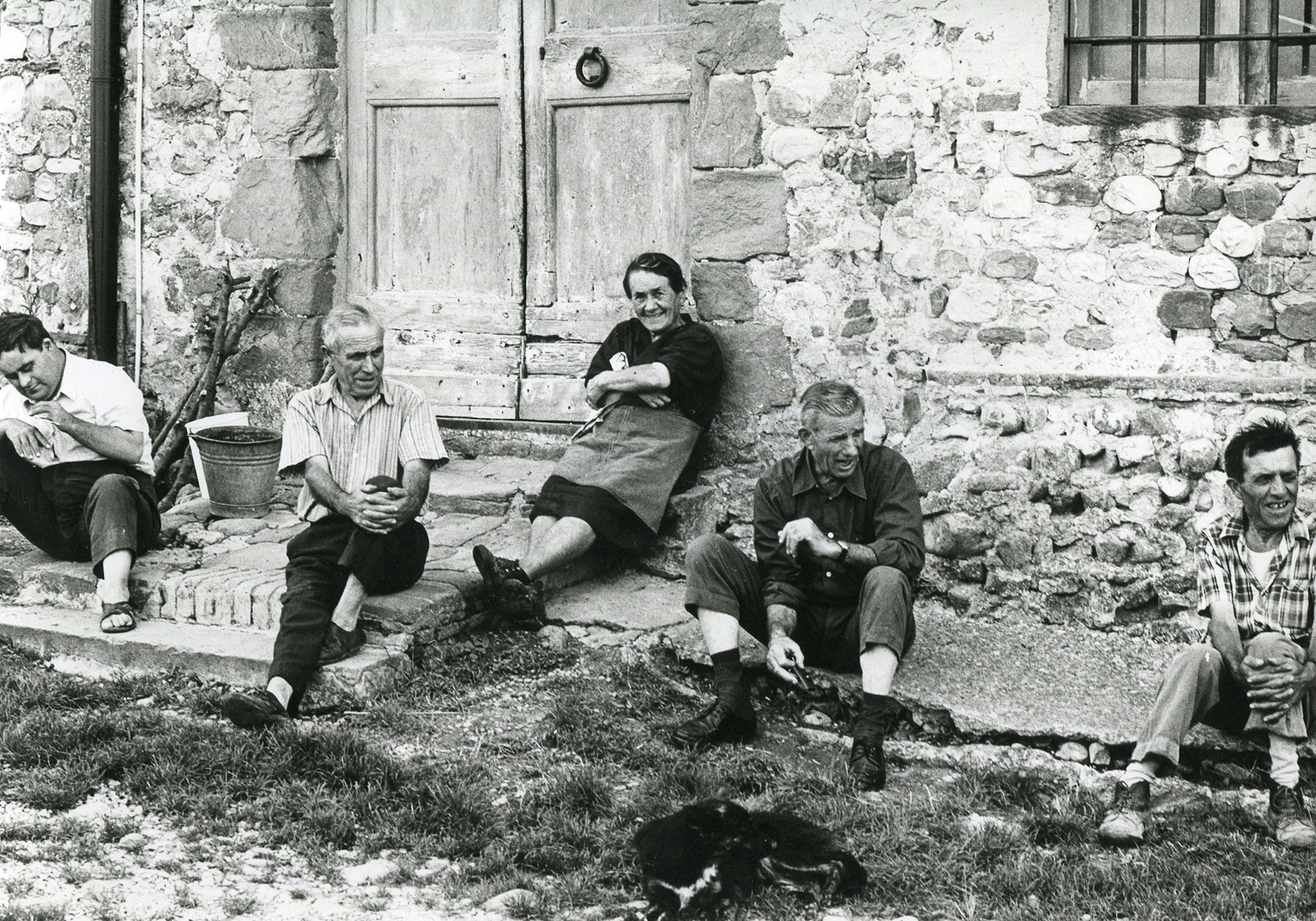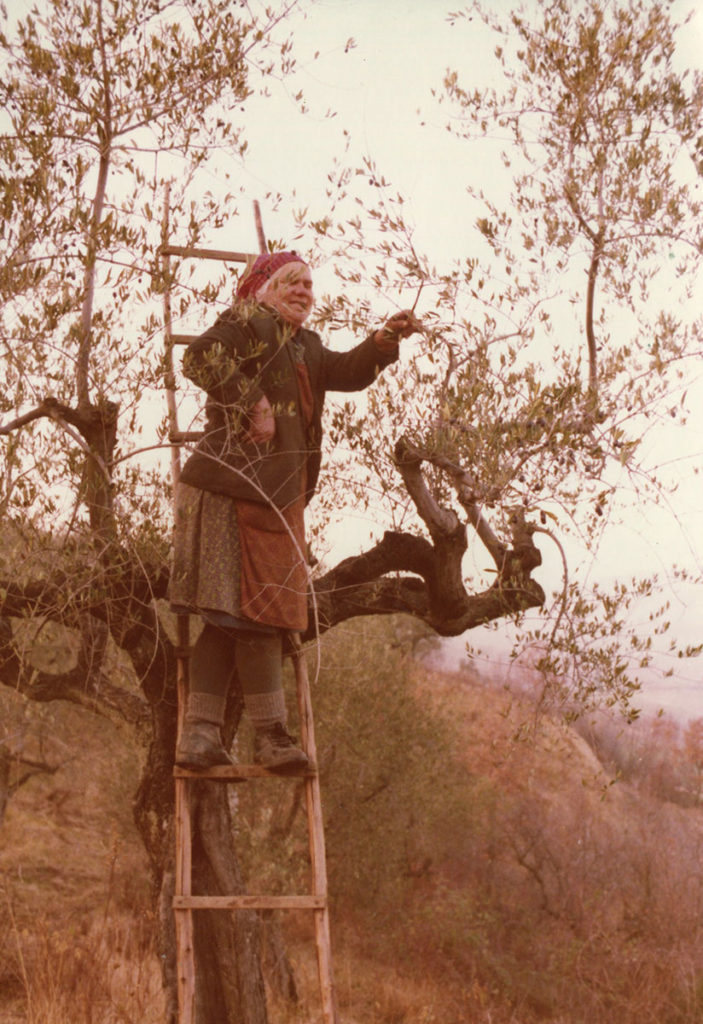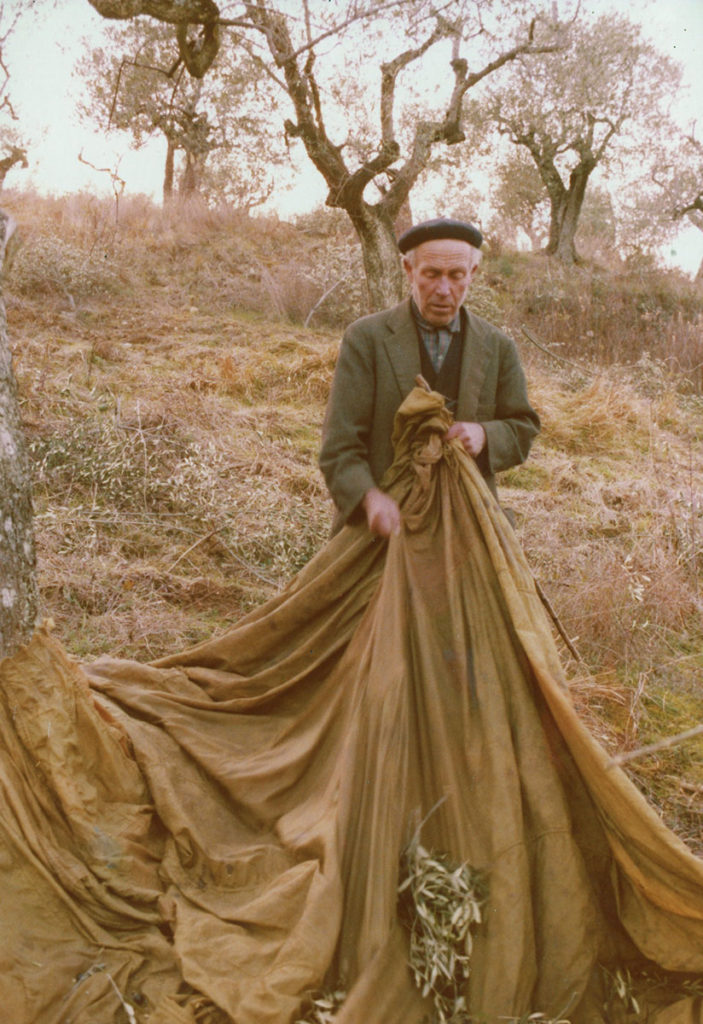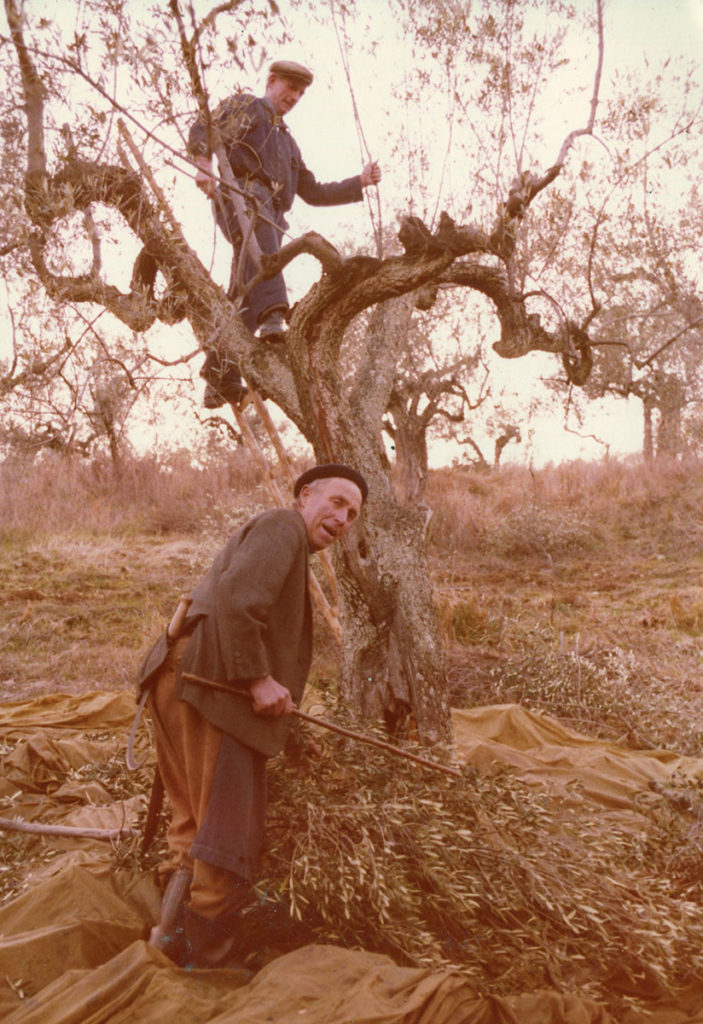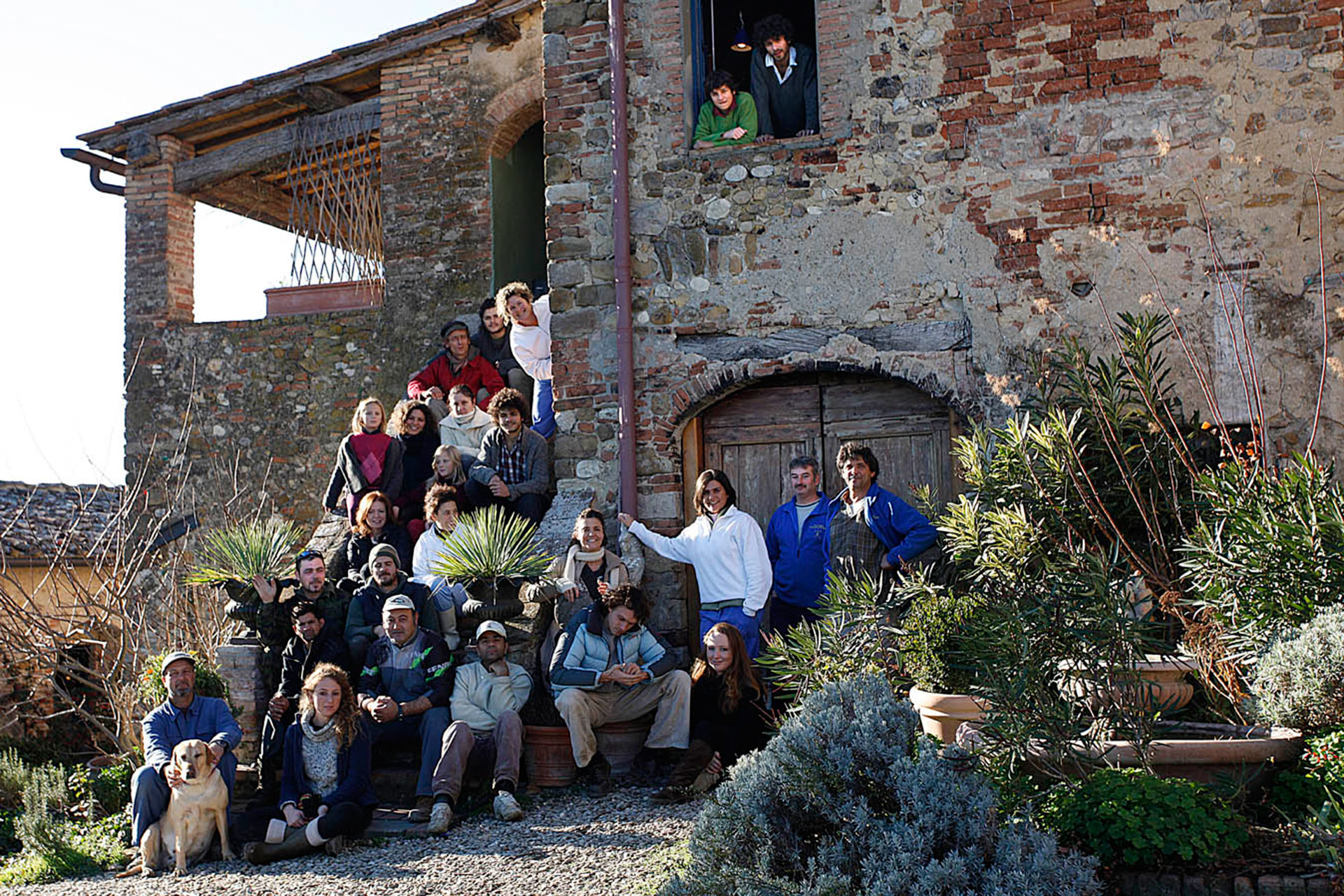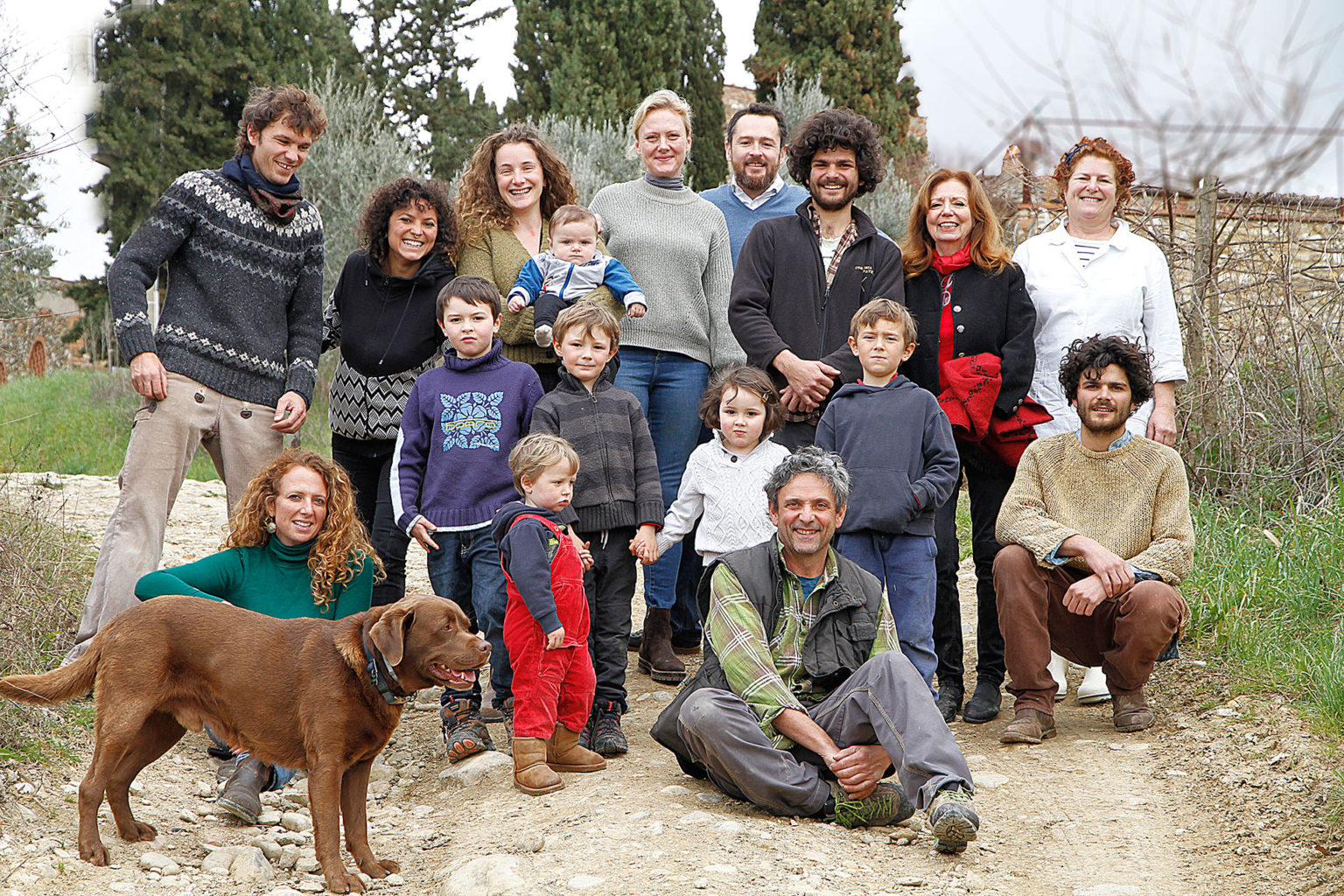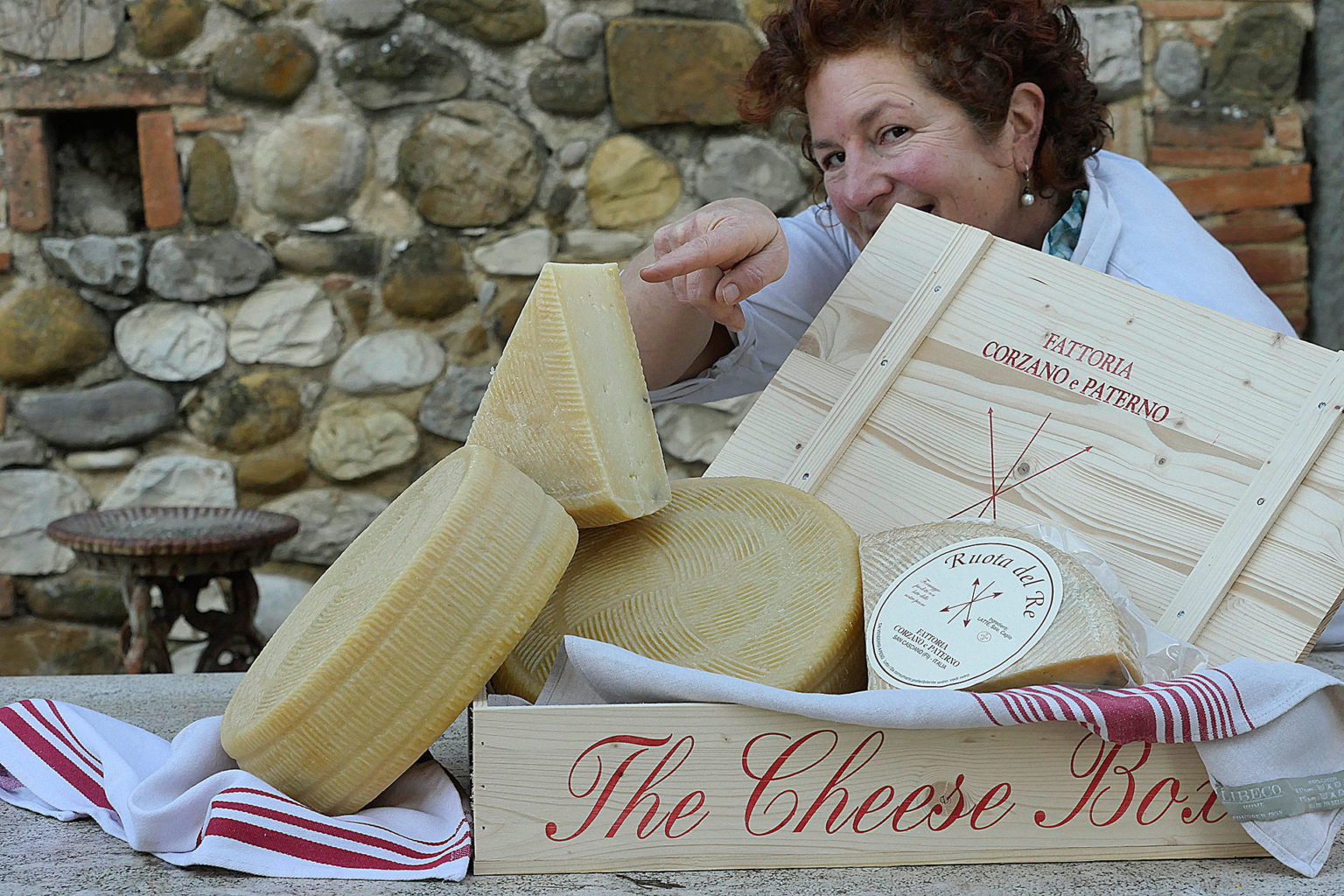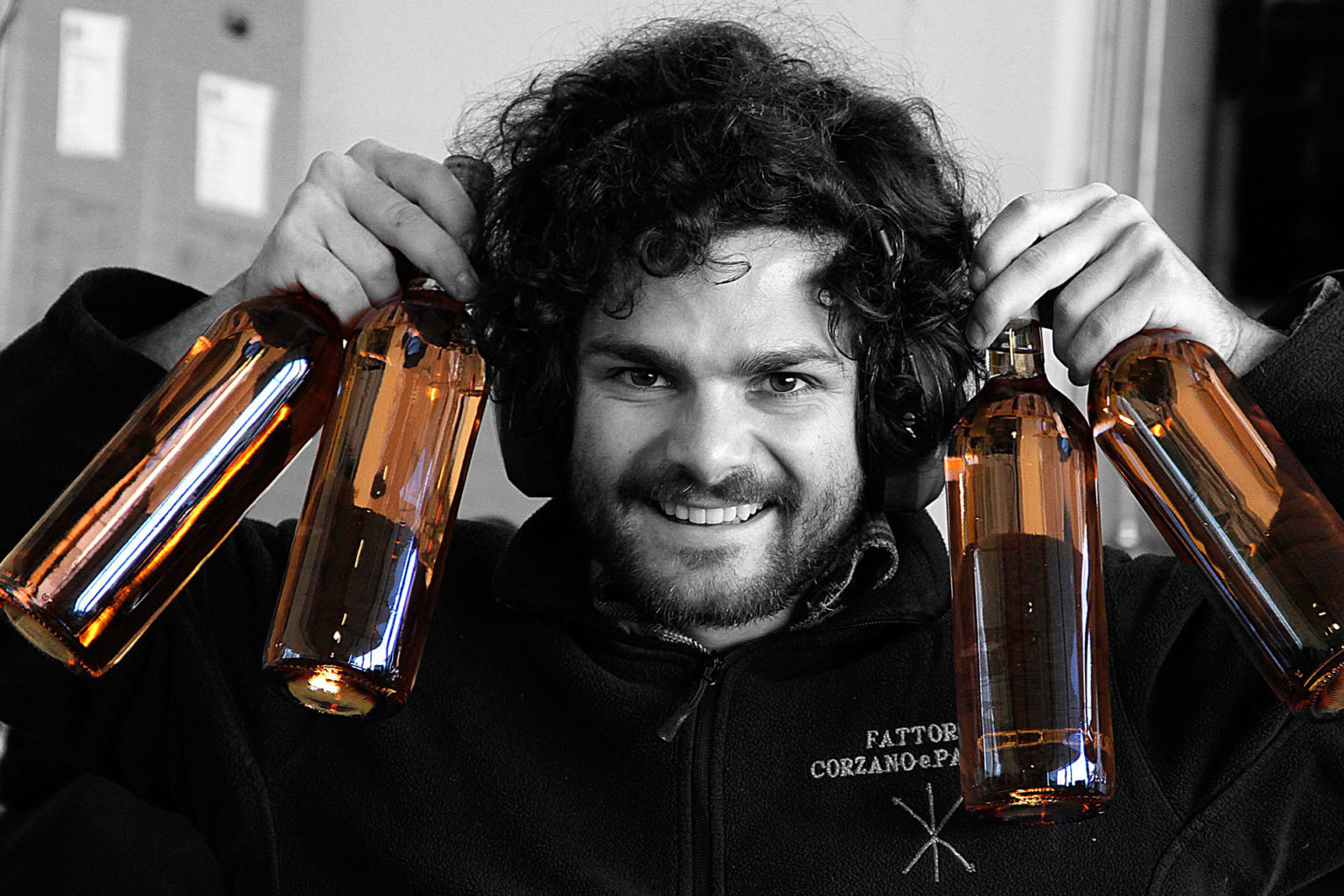My husband, Wendel, told me the first time he showed me the hills of Corzano and Paterno that there was not a bit of earth that I could see that was not soaked in blood and brittle with bones.
It stunned me then, as I believed myself to be looking at the sweet, poetic landscape that had inspired Leonardo and Michelangelo and so many other renaissance artists, and of course it is that too. But in truth the landscape has been scarred and grooved and bent to man’s will for centuries of its bellicose history.
The Etruscans, early lords of this area, had lived in harmony with their surroundings until the Romans imposed their cultural hegemony. Rome tried to eradicate or at least to suppress the Etruscan culture, and eventually succeeded. In the surrounding area there ara many traces of their presence, places where the locals believe Etruscan tombs to be, some certain, some credible and some legend. There is one such structure just down the hill under Corzano, beside the vineyard. However, the Roman presence made itself felt in highly organized civic structures. The famous Via Cassia, locally called La Strada Romana, runs from Rome to Siena and then to Florence and passes by the bottom of the hill beneath Corzano. Sometimes I can imagine I hear the tread of sandaled troops marching down the stone roads to their encampments.
Much of their work was undone by the periodic rampaging of the northern tribes in the Middle Ages; the Lombards and the Goths added more blood to the ravaged earth. The continued aggressions of the Guelfi and Ghibellini in the 13th and 14th centuries left castles razed and villages destroyed back and forth and back again across the stretch of country between Florence and Siena. On or near the site of Corzano stood the legendary castle of the Cavalcanti, destroyed after the battle of Montaperti in which the Ghibellini triumphed. In rancor and revenge the castle was destroyed in such a manner that it would “never be possible that it would rise again”. Such revenge was absolute. In this endless antagonism between Guelfi and Ghibellini the local warlords resorted to mercenaries to fight their battles insuring that pillage and destruction were complete. But, with the exception of some like Montecalvi, the castles and fortresses sprang up to fight again re-emphasizing the justice of their causes and the honor of their families. During World War II, the Front passed through San Casciano heavily damaging the town. My daughter was six when she found an antique breastplate of some long forgotten soldier buried in the fields near Corzano, silent witness to the brutal battles waged on land now graced with elegant cypress rows and lush vineyards, ageless villas and restored farmhouses.
